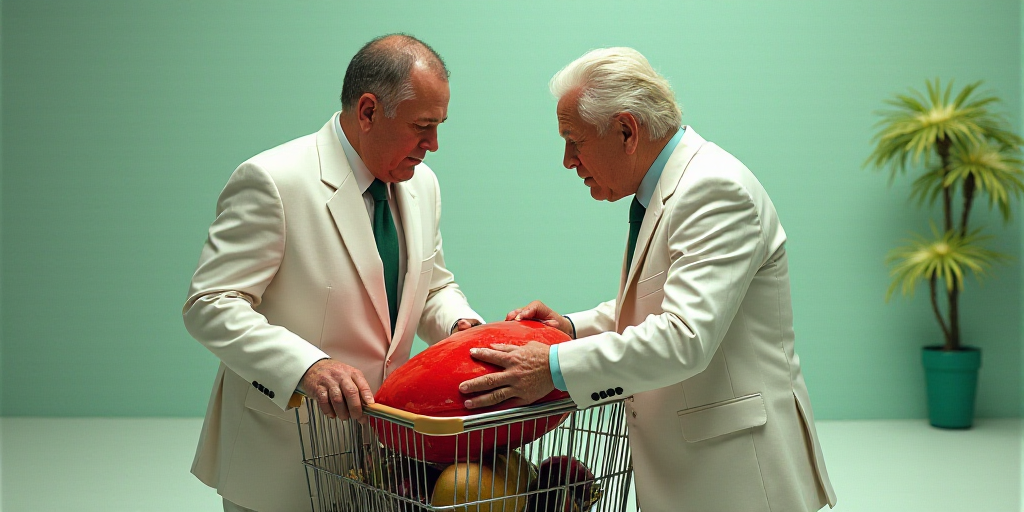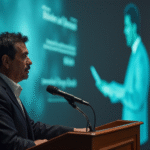Background on Tedros Adhanom Ghebreyesus and His Relevance
Tedros Adhanom Ghebreyesus, the Director-General of the World Health Organization (WHO), has emphasized that all hypotheses regarding the origin of COVID-19 should remain on the table following the release of a report by the SAGO (Scientific Advisory Group for the Origins of New Pathogens) on Friday. The report, which updates an evaluation from June 2022, suggests a lack of crucial information to pinpoint the virus’s exact origin and does not rule out a lab leak.
SAGO Report Update
The new SAGO report builds upon the June 2022 assessment, which criticized China for withholding key data to understand the virus’s origin based on peer-reviewed articles, unpublished information, field studies, interviews, and other reports including audit conclusions, government reports, and intelligence assessments.
Four Hypotheses on SARS-CoV-2 Origin
The report examines four hypotheses about the origin of SARS-CoV-2: introduction via a natural zoonotic source, accidental lab leak, introduction through wildlife trade markets, and deliberate manipulation in a lab. It focuses on the possible transmission from animals to humans, either directly from wild animals or via an intermediate host.
Despite the evidence suggesting wildlife trade markets played a significant role in early transmission, the report cannot definitively conclude where and when SARS-CoV-2 first infected humans or if the Wuhan market was indeed the initial site of human transmission.
Lack of Evidence for Lab Accident
Regarding the lab accident hypothesis, the report notes that crucial information to assess this theory hasn’t been shared with WHO or SAGO. Despite requests from WHO for health records of lab personnel and documentation on biosecurity and biocontainment practices in Wuhan labs, including the Wuhan Institute of Virology and Wuhan Centers for Disease Control and Prevention, Chinese authorities have not provided these details.
The report states, “Without complete information on coronavirus research in Wuhan labs, including the conditions under which this work was conducted, SAGO cannot evaluate whether human infection might have resulted from a research-related incident or lab biosecurity breach. Thus, neither can be ruled out or proven until more information is provided.”
Importance of Wildlife Trade Markets and Lab Manipulation
The SAGO report also considers the possibility of SARS-CoV-2 introduction into Chinese wildlife markets from abroad via imported products, but it lacks additional evidence to support this theory compared to the 2022 evaluation. Should new evidence emerge, SAGO remains open to reassessing this hypothesis.
Similarly, the report addresses the lab manipulation theory, stating that SAGO previously examined the virus’s genome structure and relevant publications but found no scientific evidence to support it. However, they note a reevaluation would be possible if additional proof becomes available.
Ongoing Investigation and Data Sharing
WHO has stressed that understanding the origins of SARS-CoV-2 remains an ongoing process, as a zoonotic origin with animal-to-human transmission is currently the best-supported hypothesis by evidence. However, without addressing information requests or acquiring more scientific data, the virus’s origin and spread remain inconclusive.
WHO has urged all governments, especially those where the first human cases were confirmed, to share relevant information, data, and findings that could aid in further investigating COVID-19’s origins. SAGO remains committed to reviewing any new available information.
Importance of Understanding COVID-19 Origins
“Understanding the origin of SARS-CoV-2 and how it triggered a pandemic is crucial for preventing future pandemics, saving lives and livelihoods, and reducing global suffering,” asserted Marietjie Venter, SAGO chair and distinguished professor at the University of Witwatersrand’s One Health Research Chair on Vaccine and Emerging Viral Threat Surveillance.






